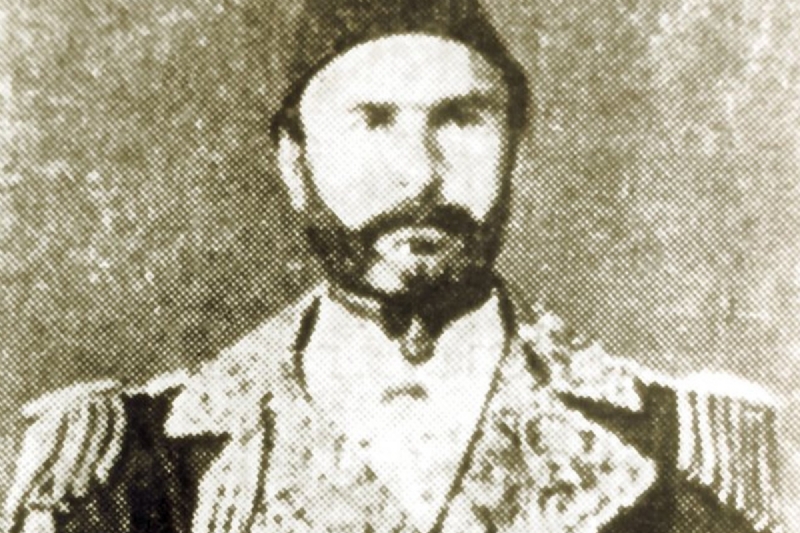Marine Painters: Ahmet Vesim Pasha
Ahmet Vesim Pasha, the son of Mehmed Reşid Efendi, who served as the custodian of the Tersâne-i Âmire timber cellar, was born in Istanbul. After completing Sibyan school, he learned Persian by taking private lessons. He graduated from Mekteb-i Bahriye in 1836. In 1841, Çengeloğlu, who was the captain of the army, joined the fleet on a campaign with Tâhir Pasha.
Painter Ahmet Vesim Pasha was promoted to captain in 1848 and then served as an officer, cavalry, and commander in various ships.
He went to England in 1849. He worked here in the Royal Navy for two years. He became an artillery teacher when he returned to the country. He guided the allied navy during the Crimean War. When Abdulmecit I came to his reign, his duty rose to inheritance. Also, he was appointed as the cavalryman of the Peyk-i Şevket ship assigned to the crown prince Abdulaziz. Ahmet Vesim Pasha, who was a seaman, was appointed as his aide in 1861 when Abdulaziz ascended the throne.
In 1863, he was with Sultan Abdulaziz during his Egypt trip. Meanwhile, he was sent to Hejaz to present an engagement and gift to the Emir of Makkah Sharif Abdullah Pasha. Thanks to the Hijaz visit, he also fulfilled his pilgrimage duty. Therefore, when he returned to the country, he started to be known as Hacı Vesim Pasha.
Vesim Pasha, a painter, and a sailor were appointed to the post of captain in 1864 with the rank of muster. This task did not take long. Keçecizade Fuat Pasha, who was the grand vizier of the period, resigned from his post because he wanted the navy expenses to be reduced. He did not work in any government service between 1868 and 1878. He continued to develop the art of calligraphy and painting skillfully. This made him one of the sailor painters.
When the dates came to June 20, 1878, Sultan II. Abdülhamid was appointed as the Minister of the Navy. The Sultan asked the navy to be disarmed. Ahmet Vesim Pasha did not accept this offer. For this reason, he was dismissed from his post. In 1879, a fifteen-year residence obligation was introduced.
Ahmet Vesim Pasha, who fulfilled his duties both in the seas and in the art of painting, died on September 13, 1910, in his mansion in Üsküdar. He was buried in the Üsküdar Mevlevihanesi Tomb. His achievements at sea and extremely important works remained from him, and these works have survived to this day.

